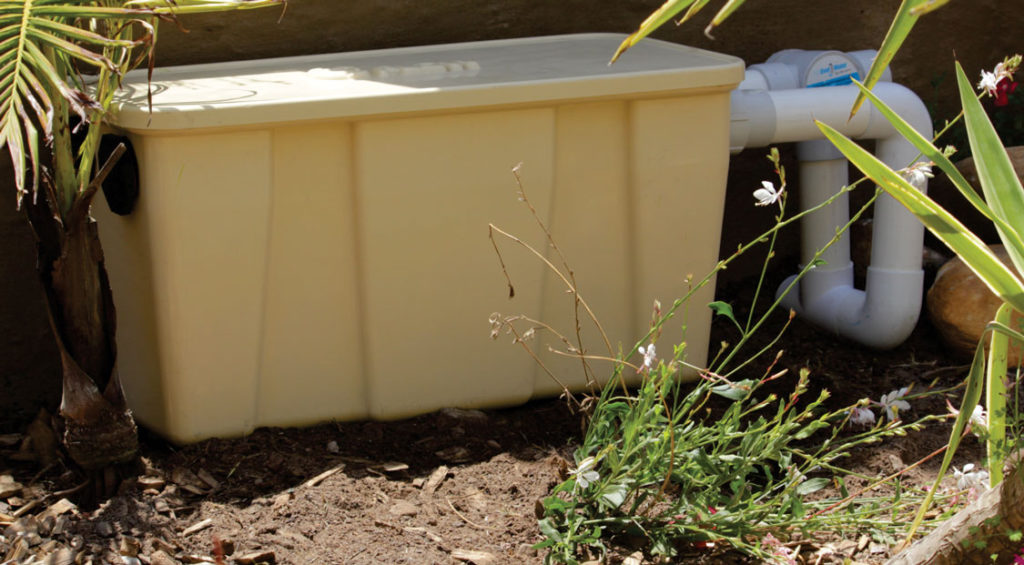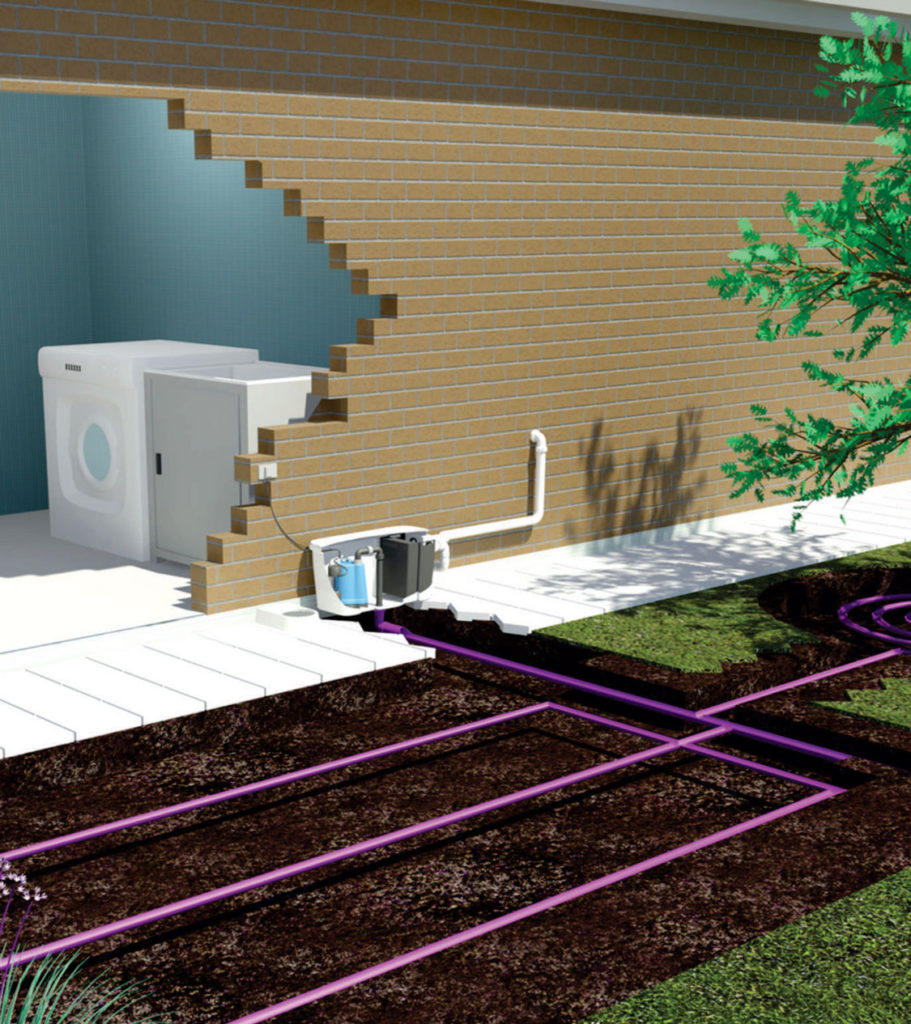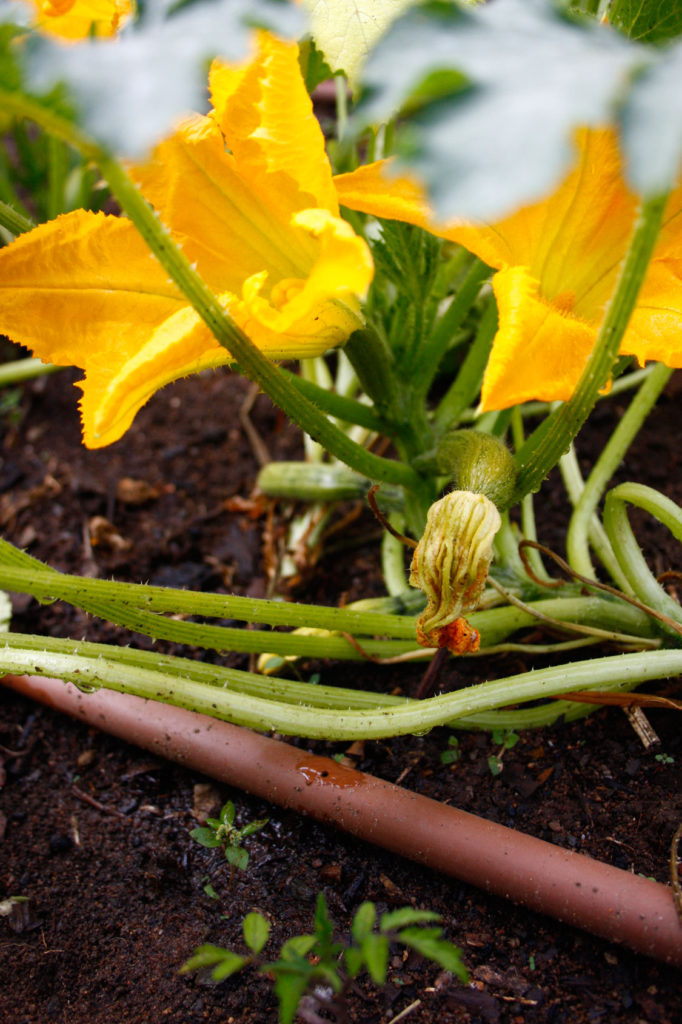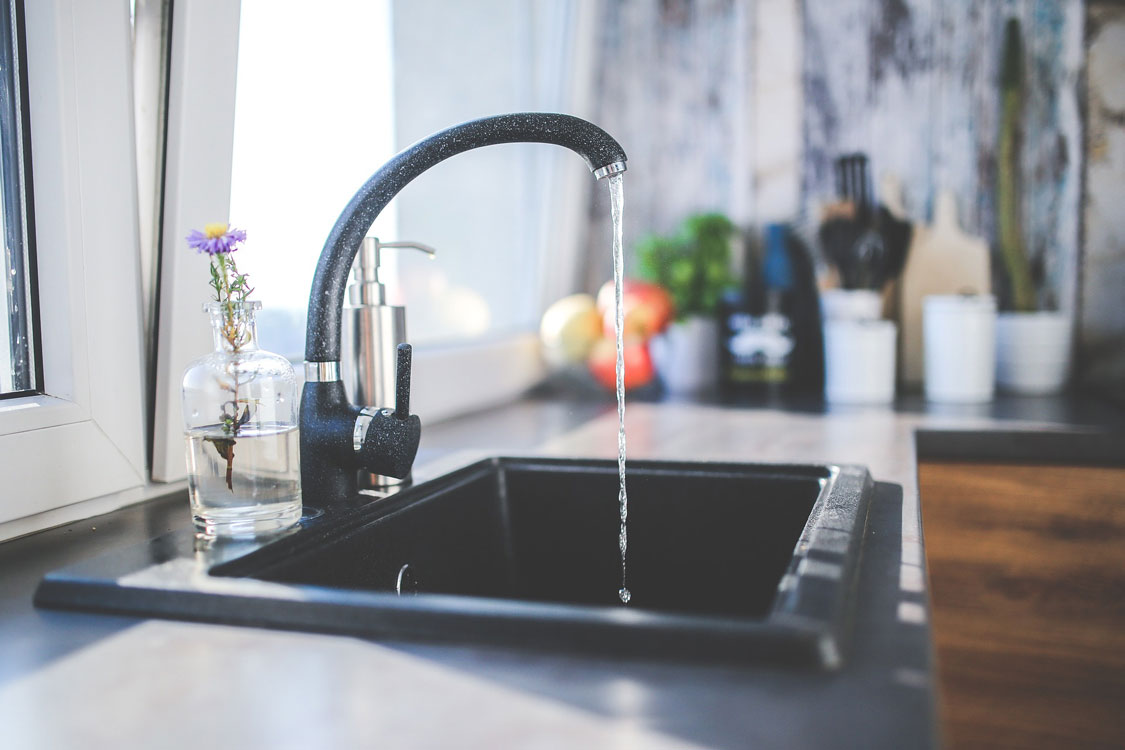Instead of letting perfectly good water disappear down the drain, with the help of a grey water system, you can use it to keep your garden looking lush. Here’s how to use grey water in your garden.
On average, one person uses around 100 litres of water per day, which means a household of four goes through approximately 144 000 litres of water per year. And where does most of this water end up? Down the drain.
“By reusing bath, shower and laundry water, you can have a green garden all year round, even in times of drought or during water restrictions at little or no extra cost,” says Mike Bekink of Grey Water Systems in Cape Town, “plus grey water often includes nutrients that benefit plants.”
WHAT IS GREY WATER?
“Grey water is the waste water from the shower, bath, bathroom sink and washing machine. It doesn’t include toilet water or kitchen waste water,” explains Marc Yoko of Water Conservation Systems in Knysna.
HOW DOES A GREY WATER SYSTEM WORK?
Basically water from the washing machine, dishwasher, bath and sink is directed into a tank or a filter and then pumped into the garden through an irrigation system. A filter is essential if you want to use the water to irrigate edible plants.
HOW TO WATER PLANTS WHILE YOU ARE AWAY
The size of your garden will determine the type of system you need. It’s also advisable to choose one that allows you to run the water back into the sewer if necessary, for example, during periods of high rainfall or when chemicals have been added to the water.
WHICH SYSTEMS CAN YOU CHOOSE FROM?

The G-Flow system is a tankless grey water diversion system from Water Conservation Systems.
Ideal for townhouses, clusters and small developments are small easy-to-install units that use the waste water immediately as bath and shower water flows through the drain. These cost around R4 500. In a double-storey home, gravity can be used to direct water from upstairs bathrooms.
More complex systems collect the waste water in a tank where it’s filtered and distributed with a pump attached to an underground or aboveground irrigation system; it can also be connected to an existing irrigation system. This type of system is capable of irrigating areas of up to 400m² and costs around R9 000 (excluding irrigation equipment).
Another option involves a central tank, which is fed from various units. Each unit requires a collection tank and a pump to transfer the water to the central tank. The water is then filtered and treated with an aerator and a biological additive or with UV light to sterilise it. It’s then pumped into an irrigation system according to a timer. The advantage of this system is that the watering times can be specified, but it is more expensive.

A typical grey water system installed by Water Conservation Systems.
HOW EASY IS IT TO INSTALL ONE?
“It’s reasonably simple as long as the plumbing outlets are accessible,” says Mike Bekink. Many companies such as Grey Water Systems and Water Conservation Systems provide DIY kits with detailed installation manuals, or you can employ a reputable plumber to do it for you.
“These systems can be connected to existing plumbing,” explains Marc Yoko. “The installation involves a small amount of plumbing to redirect pipes and then some digging in the garden to lay the drip irrigation.

Drip irrigation is the best way to use grey water.
LEARN HOW TO MAKE A DRIP IRRIGATION SYSTEM USING PLASTIC BOTTLES
“You’ll also need a waterproof exterior electrical connection for the pump which should be installed by a qualified electrician. It’s not necessary to re-plumb the house as bathrooms and laundries all have outlets connected to the drains.”
Installation should be completed within a day. “But this depends on the size of the garden and whether you want to wall mount the system or bury it underground. The quicker option is to wall mount it and then install the drip line system,” adds Marc.
HOW TO USE GREY WATER?
- “To prevent the growth of bacteria and ensure the water is still pleasant smelling and hygienic, use grey water within 24 hours,” says Mike Bekink.
- “The residues and soaps, etc., diluted in the water include sulphates and nitrates, which experts say can benefit plants, but it’s best to use biodegradable products in the washing machine.”
- “Research shows that the most effective way of using grey water in the garden is to direct it as close to the roots of plants as possible,” says Marc Yoko. “This not only helps minimise odours, it sends water to where it’s needed. So, while sprinklers can be used, a drip line irrigation system is more effective.”
*Prices mentioned in this article may have since changed.

